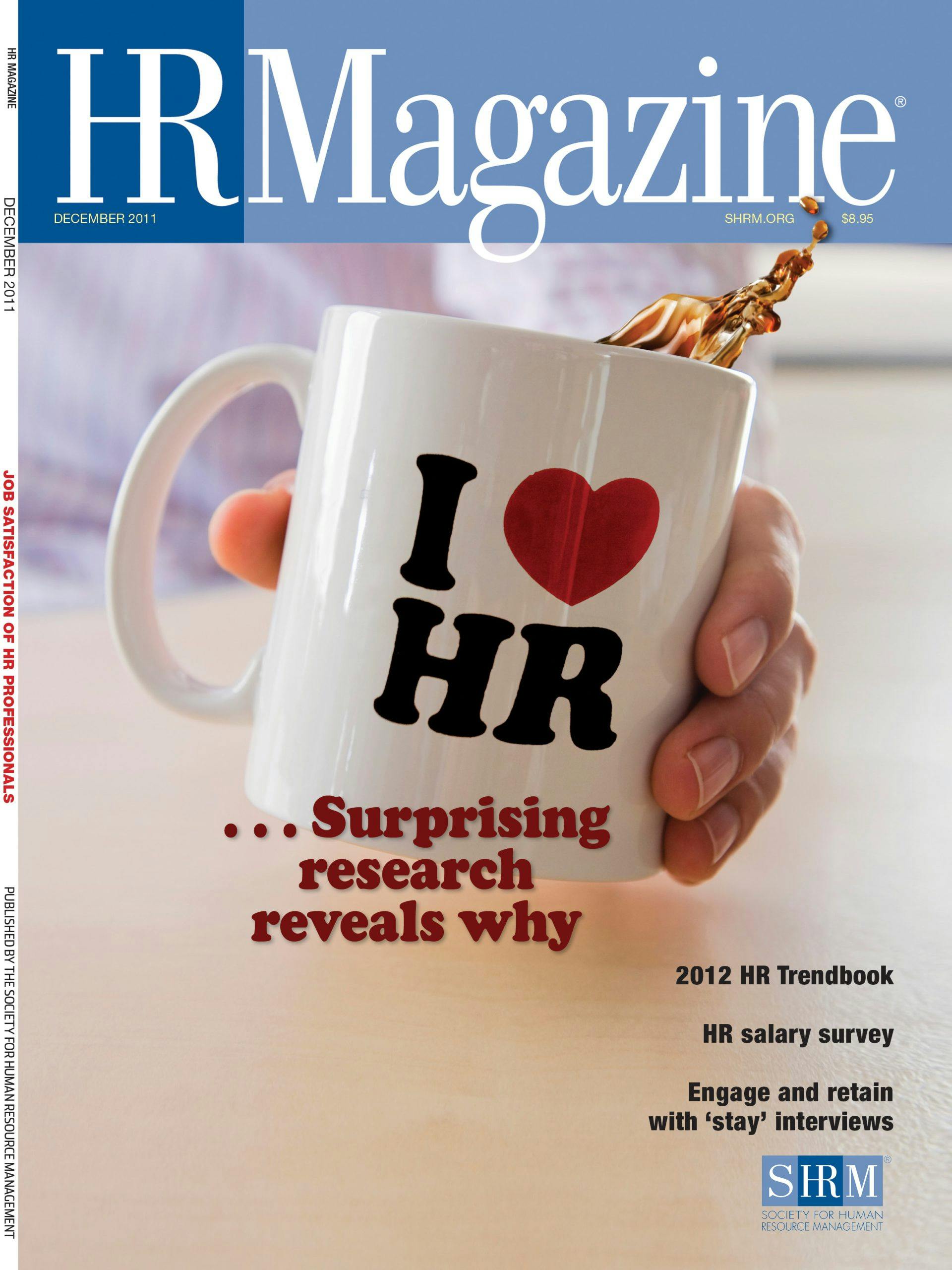My article was turned down by HR Magazine.
It wasn’t turned down because of content or style, but because I’m not a professional writer; I’m a consultant. They sent their editorial guidelines and told me that I was welcome to pitch a topic for their professional writers to explore.
That seemed odd, so I went back to old issues of the magazine and looked. Yep, with one exception (“First Person Account”) the writers are all writers. Oops – two exceptions. There was a short article by a consultant talking about his published book, so I guess he was a professional.
Back in May, Tim Sackett ranted on TLNT about being rejected as a speaker for the national SHRM conference. He talked about listening to a speaker that presented year after year, changing only the date on the slides but providing the same content, rather than the new, fresh ideas that SHRM says they want.
I want to see some radical ideas
I feel similarly. I had an idea that grew out of a blog post that received a lot of positive feedback wanting more information about the value of all of the disciplines of HR working together to carefully define job data. It was about how doing so can break down HR silos and provide clear, meaningful business intelligence for leaders and employees, because leaders and employees get confused by one set of job data on job descriptions, another on the performance appraisal, different yet for the recruiting profile, and on and on.
The job data concept I’m proposing is different, radical even. But I would like to see some radical ideas in HR Magazine, rather than hearing the same story repeated with different case studies. I guess I instinctively knew why I generally put the magazine aside when it arrives.
In my mind, the single biggest challenge for HR today is thinking holistically about the “people part of the business” rather than thinking in HR silos. That became even more evident in my tour through HR Magazine. Once you get through all of the ads, which by the way are laser beamed to HR silos, the content is still about HR silos – except those that tell HR how to be strategic. But that’s another rant…
A colleague mentioned a few months ago that he had an article being published in one of the older, more established HR resources. I asked how he went about getting it published and he sheepishly said that he paid quite a bit for the “article” (think “ad”).
Are we, as a profession, being led by the media in terms of our professional learning and development? It is an interesting thought to ponder. What are our sources of continuing education? What are our sources of challenge to think differently?
Tim Sackett was right
But back to Tim Sackett’s comments on the SHRM conference – I’ve served my time on conference education committees, reviewing thousands of proposals and selecting a small number for the program. We used criteria such as timeliness, relevance to current affairs, and credibility to make the selection.
But ultimately, those proposals that tout a “model” or a published book seem to rise to the top. Innovation was never really considered. The few times I’ve been lucky enough to be selected to speak at a conference, I was invited by a vendor to be their “poster child,” and they were the ones to submit the proposal.
Where am I going with this? Perhaps I’m simply bemoaning the “business as usual” approach by the HR media to a profession that is in serious trouble. Perhaps I am suggesting that HR media focus on disruptive ideas that holistically bring HR together, and help us discover how to add value, rather than letting vendors continue to drive professional knowledge at the silo level.
By the way, WorldatWork’s Workspan magazine liked my article.
This originally appeared on the ….@ the intersection of learning & performance blog.
